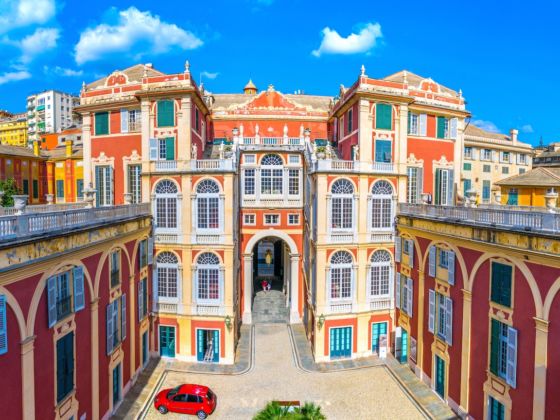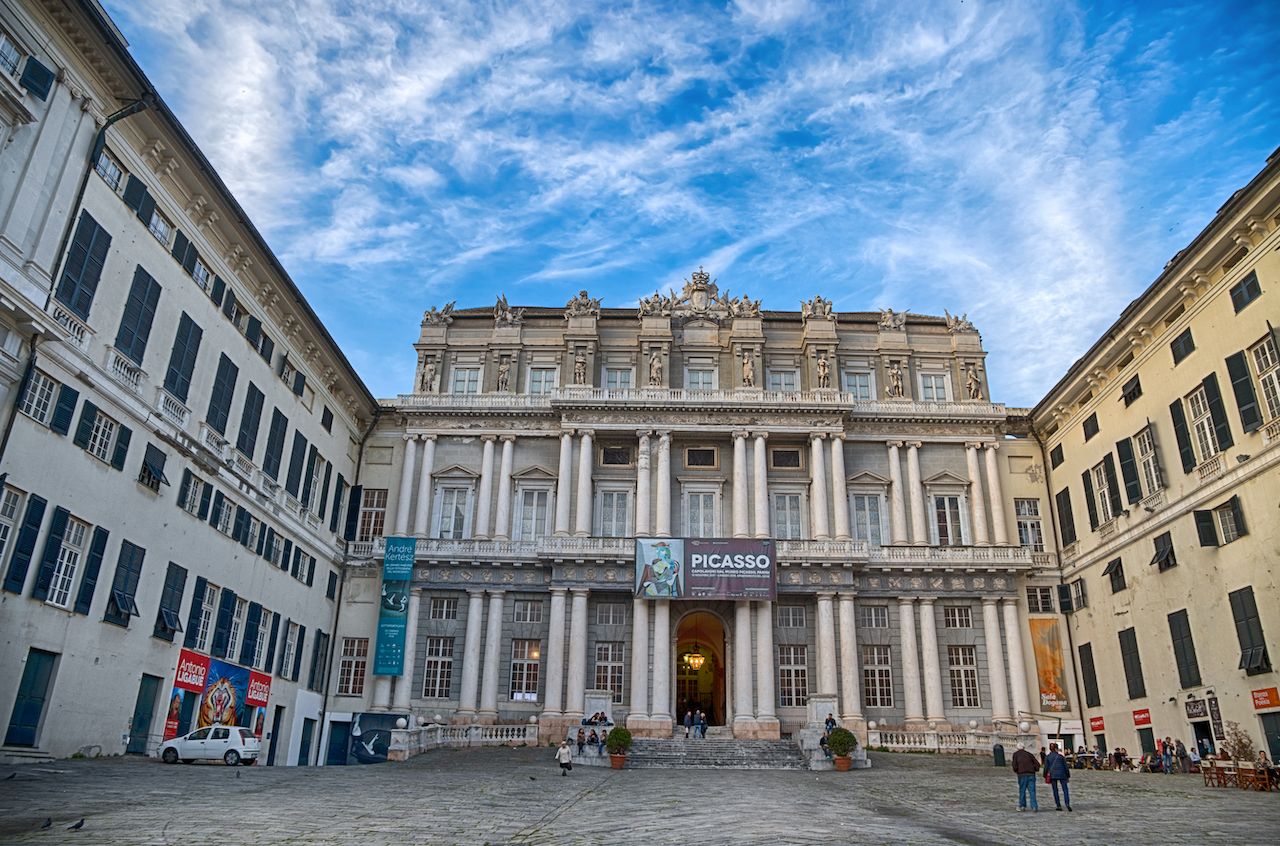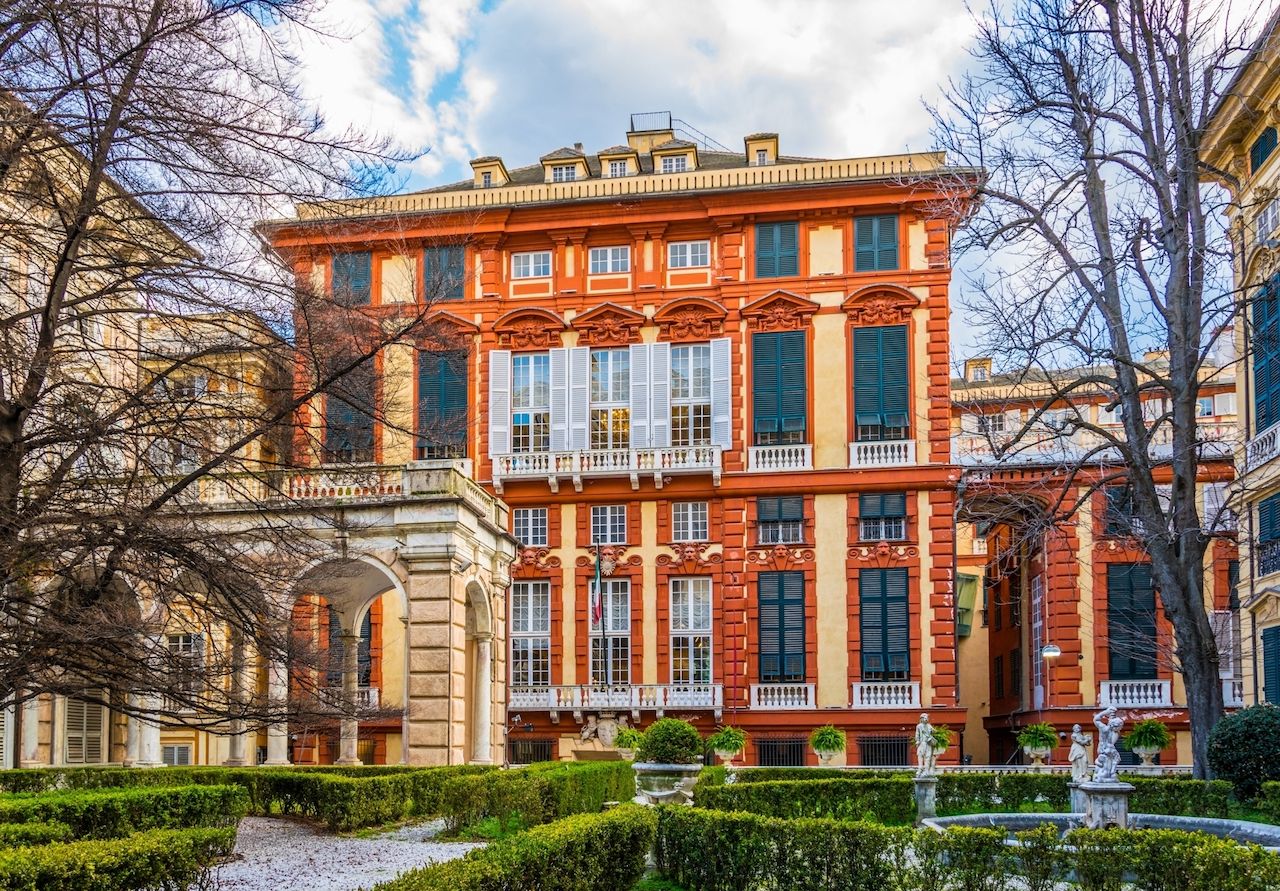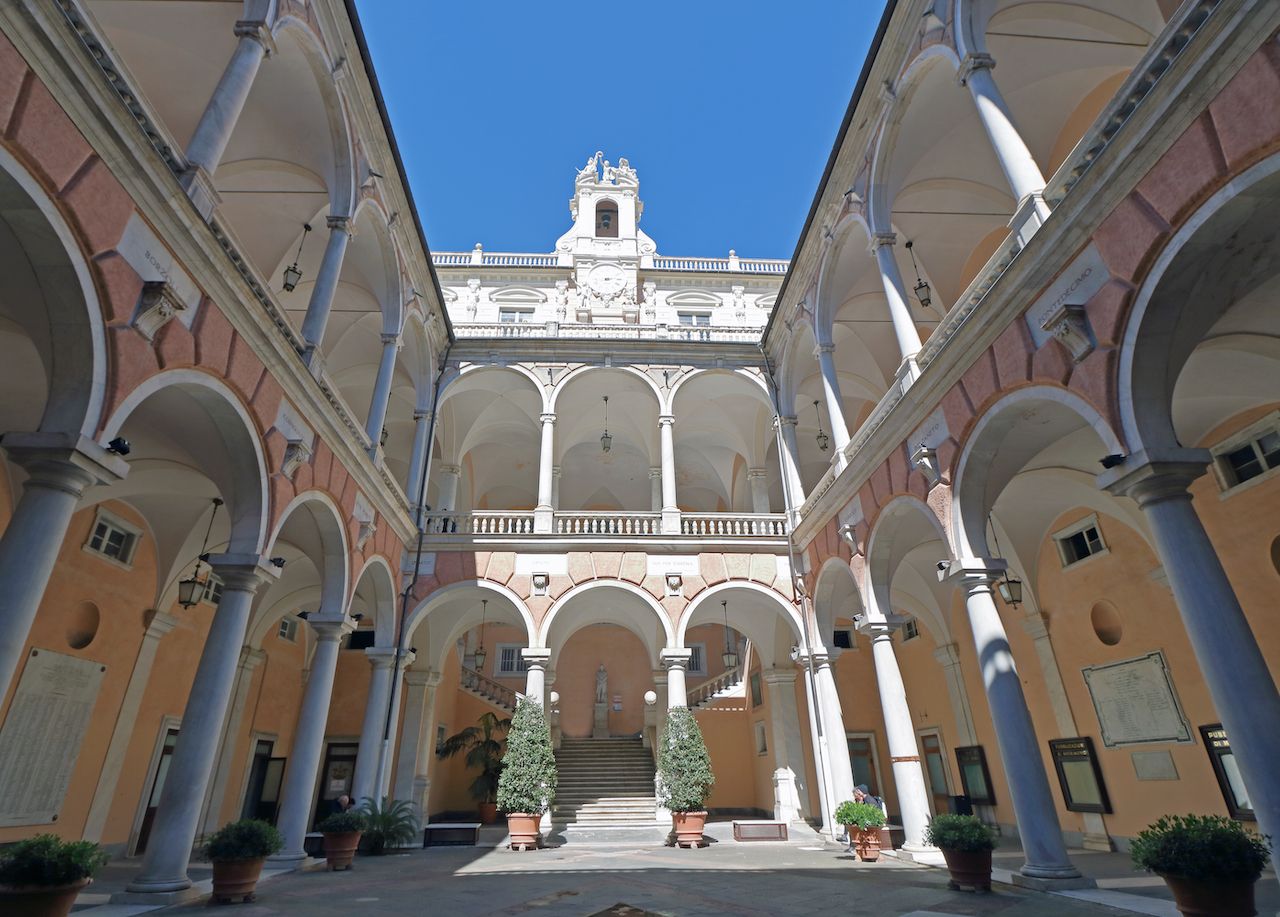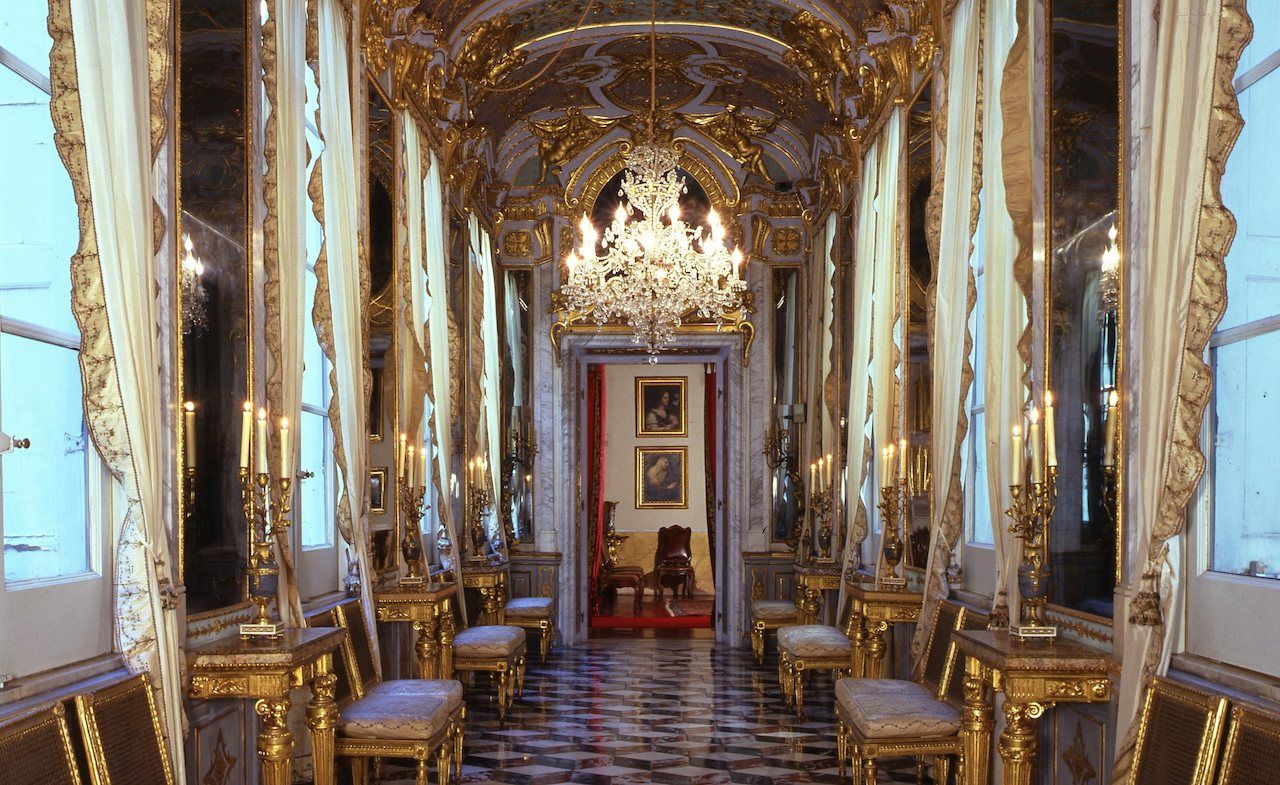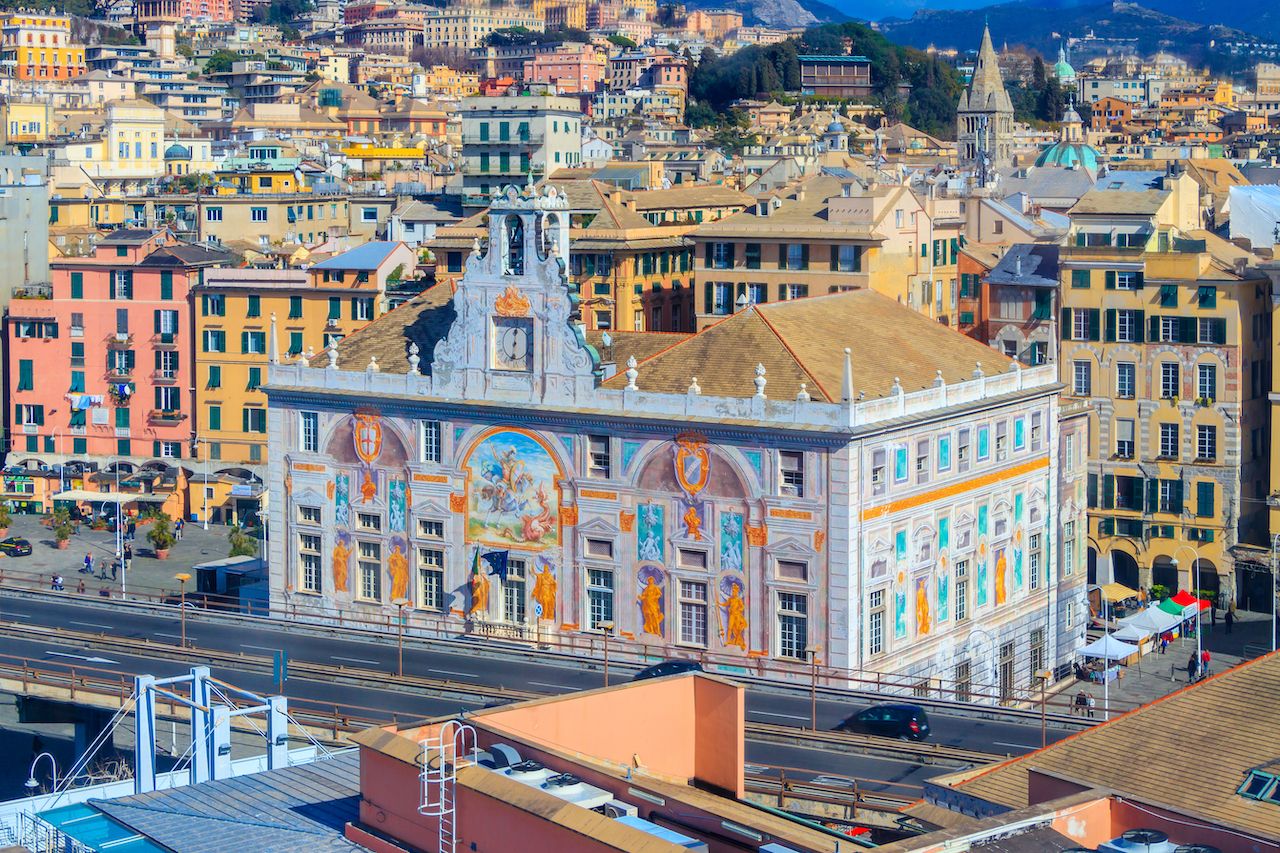Best known as the birthplace of Christopher Columbus and pesto, Genoa is a city mostly overlooked by visitors to Italy. Yet, it has a lot going for it; its location between the Mediterranean Sea and the Apennine Mountains make it a wonderfully scenic spot, and its historical center is impressively intact.
Most notably, the city’s elaborate collection of over 150 palaces is a sight to see. Forty-two of these palaces became UNESCO World Heritage sites in 2006, and although most are privately owned, several of the glorious edifices are open to the public year-round. The following seven palaces are all within a mile of each other, so take a walking tour through the winding, dark, and slightly treacherous narrow streets that make up the old town to explore the maze that is Genoa and find its most beautiful palaces.
